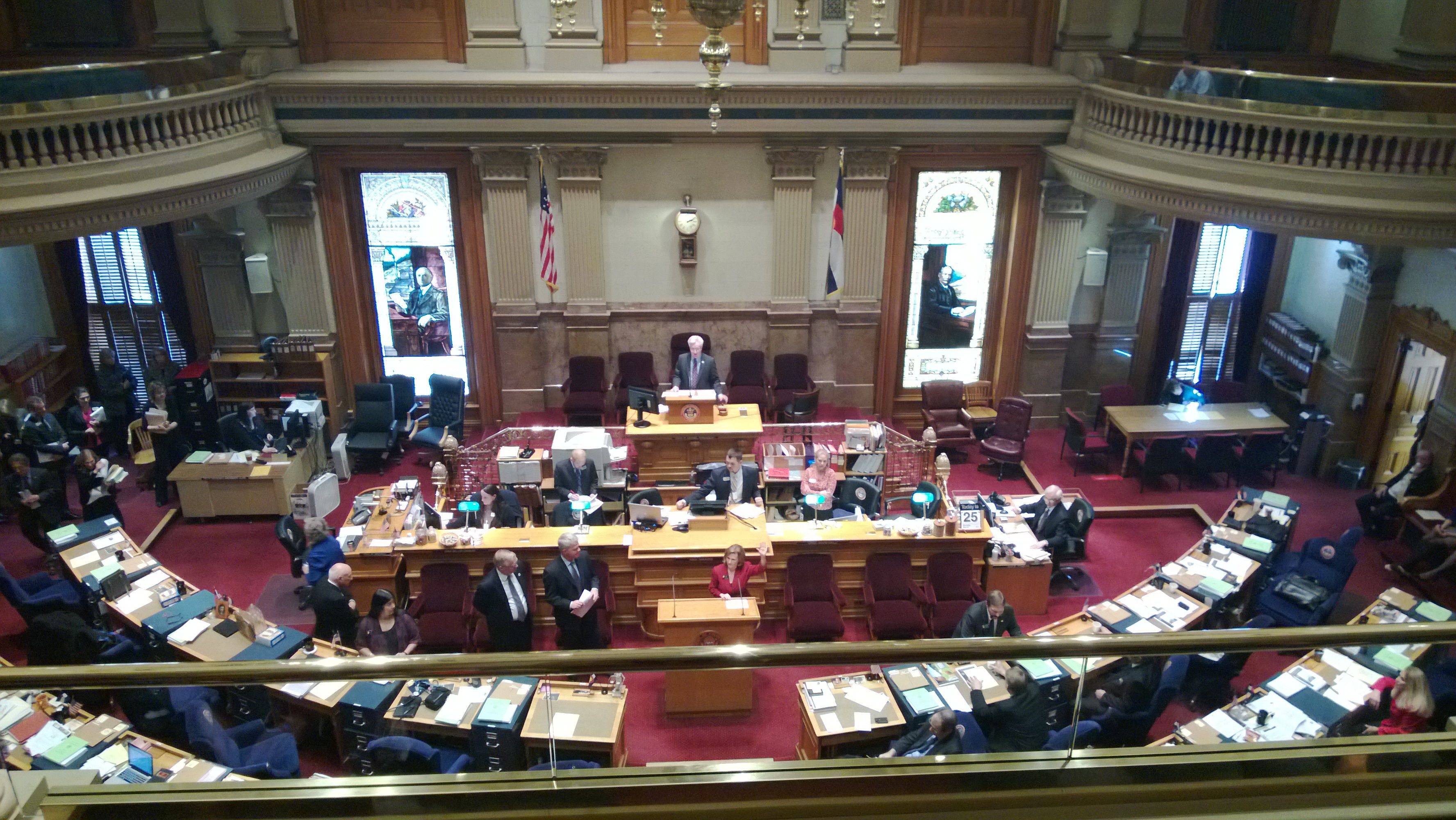In an enormously influential article published in 1974 in Psychology Today, and in a longer version published later that year in BioScience, Garrett Hardin introduced the metaphor of the lifeboat for economic and ethical consideration. This conceptual construction was intended as an improvement over the then-popular ecological metaphor of “spaceship earth” coined by Kenneth Boulding in 1966. Interestingly, in the opening paragraph of “Living on a lifeboat”, Hardin indicates that metaphors in general may be understood as only an early stage in mentally approaching difficult problems, and that this stage may be surpassed as theory advances and becomes more rigorous.
In Hardin’s analogy, large entities such as nations or the biosphere are likened to a boat, while smaller entities – for example, migrating individuals or groups – are likened to swimmers trying to board the already cramped vessel and exploit whatever resources are on board. In the imagined scenario, it is believed that the boat is near carrying capacity, but exactly how near is not known with certainty given the many future possibilities. A central question focuses on at what point, if any, the risk of sinking the entire boat outweighs the good provided for each additional rescued swimmer.
The metaphor of the lifeboat has structured thought about conservation, economics, ethics, and any number of other disciplinary areas for decades. The question I would like to pose is the following: Is the lifeboat scenario still (or was it ever) an apt metaphor for structuring thought about ethical conservation of resources, or have we reached a stage where the boat should be scuttled in favor of either a new metaphor or more literal language? Please feel free to post any thoughts you may have on this issue.














